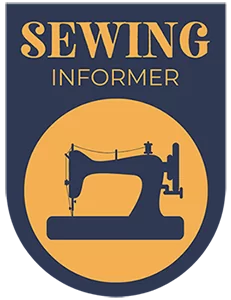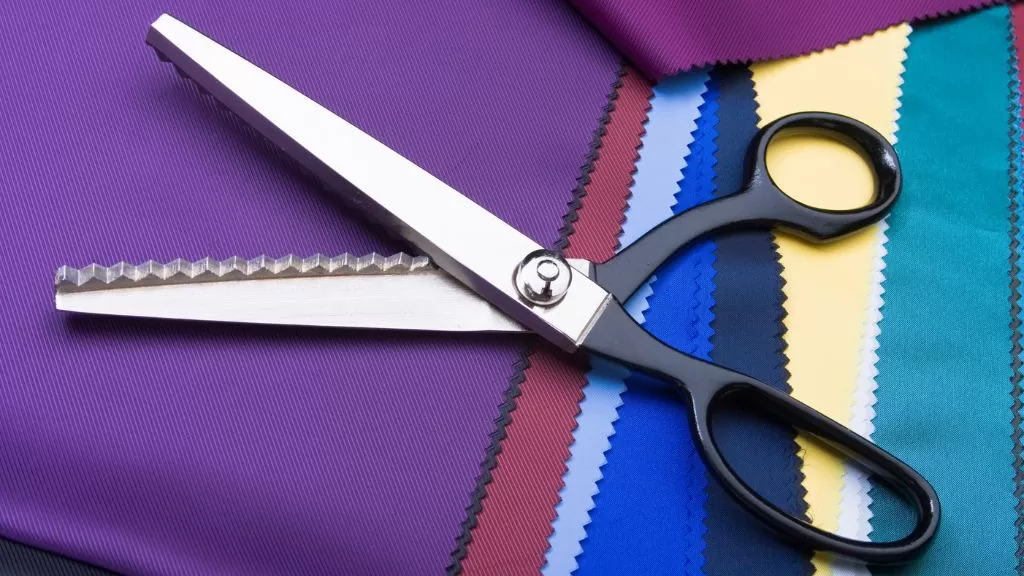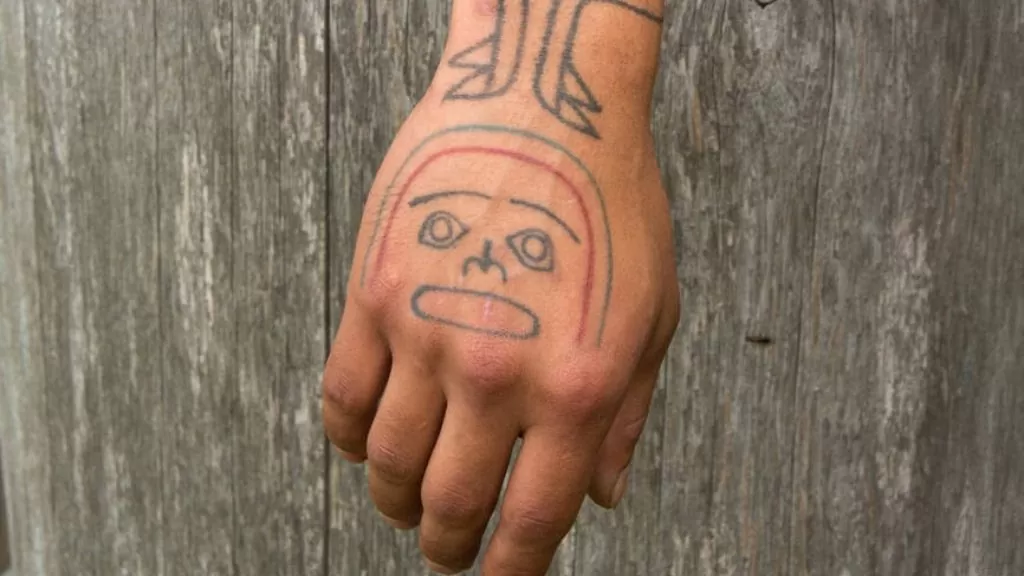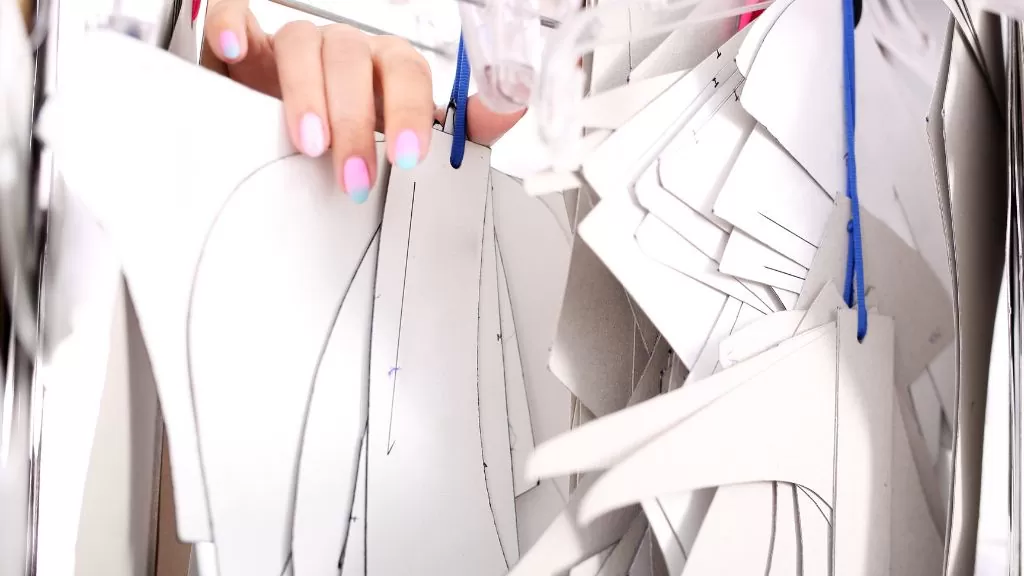Sewing machines are a great way to pass the time on a plane. They can be used to make clothes, blankets, and even quilts. But can you take a sewing machine on a plane?
Yes, you can take a sewing machine on a plane as long as it is properly packed in a suitcase or other suitable container. It is important to check with your airline before traveling to find out their specific requirements for carrying a sewing machine on board.
In this article we will discuss more on this topic, so let’s not waste time and get started.
How to Pack a Sewing Machine for a Flight
When you’re a sewing machine owner, the idea of traveling can be daunting. How do you protect your machine during transit? What if the airline damages it?
Packing your sewing machine for a flight doesn’t have to be complicated or expensive. With a little bit of care and the right supplies, you can rest assured that your machine will arrive at your destination safely.
Here are a few tips on how to pack a sewing machine for a flight:
1. Choose the right type of bag.
The first step is to choose a bag that’s specifically designed for sewing machines. These bags usually have padded sides and a sturdy bottom, which will help protect your machine during transit.
2. Remove all accessories.
Before you start packing, remove all of the accessories from your machine. This includes the power cord, foot pedal, and any extra feet or attachments.
3. Wrap your machine.
Once all of the accessories have been removed, it’s time to wrap your machine. You can use a clean piece of fabric or a special machine cover.
4. Pack your machine in the bag.
Carefully place your wrapped machine in the bag, making sure that it’s secured in the center. If you’re using a hard-sided bag, you may want to add some soft padding, such as towels, on the sides.
5. Add extra protection.
If you’re worried about your machine being damaged, you can add some extra protection. Place the bag inside of another box or bag, such as a suit case. You can also add bubble wrap around the outside of the bag.
6. Check with the airline.
Before you head to the airport, be sure to check with the airline about their policies for carrying a sewing machine on a flight. Some airlines have restrictions on the size and type of bag that you can bring.
With these tips, you can rest assured that your sewing machine will arrive at your destination safely.
The Pros and Cons of Taking a Sewing Machine on a Plane
There are a lot of factors to consider when deciding whether or not to take your sewing machine on a plane. Here are some pros and cons to help you make your decision:
Pros:
- You can take your sewing projects with you and work on them while you travel.
- A sewing machine can be a valuable item to have in case of an emergency.
- A sewing machine can be a great conversation starter.
Cons:
- A sewing machine can be heavy and bulky, making it difficult to transport.
- You may not have access to an electrical outlet on the plane, so your sewing machine may be unusable.
- Your sewing machine may be damaged during the flight.
Ultimately, the decision of whether or not to take your sewing machine on a plane is up to you. Consider your needs and what will work best for you.
Tips for Traveling With a Sewing Machine
Sewing machines are a great way to take your craft projects on the road with you. But, there are a few things you should know before you pack up your machine and head out the door. Here are some tips for traveling with a sewing machine:
1. Check the weight and dimensions of your machine before you pack it. You don’t want it to be too heavy or too big for your luggage.
2. Make sure your machine is properly packed. Most machines come with a carrying case, but you’ll want to make sure it’s secure and won’t get damaged in transit.
3. Don’t forget to pack your sewing essentials, like thread, scissors, and measuring tape.
4. If you’re flying, check with the airline to see if there are any restrictions on sewing machines. Some airlines won’t allow you to check a sewing machine as luggage.
5. When you’re packing your machine, make sure the power cord is wrapped up securely. You don’t want it to get tangled or damaged.
6. Make sure you have a good sewing machine insurance policy before you travel. This will protect your investment in case of any damage or theft.
With these tips in mind, you’re ready to start packing for your next sewing adventure!
What to Do if Your Sewing Machine is Damaged During a Flight
Flying can be a stressful experience, especially if you’re carrying valuable or delicate items with you. If you’re a sewer, you might be wondering what to do if your sewing machine is damaged during a flight.
Here are a few tips on what to do if your sewing machine is damaged during a flight:
1. Check with your airline.
Some airlines have specific policies regarding damaged items, so it’s always a good idea to check with your airline before your flight.
2. Document the damage.
If your sewing machine is damaged, be sure to document the damage as soon as possible. This will be helpful if you need to file a claim with the airline.
3. Contact a professional.
If the damage to your sewing machine is extensive, you might need to contact a professional for repairs.
4. Stay calm.
It can be frustrating and upsetting to have your sewing machine damaged, but try to stay calm. This way, you can focus on getting the help you need to fix the problem.
How to Find a Sewing Machine Friendly Airline
What’s the first thing you should do when you’re planning a trip that involves bringing your sewing machine along? Check the airlines’ restrictions on carrying a sewing machine as a carry-on or checked baggage.
Sewing machines are considered fragile items, so most airlines have restrictions on how they can be transported. The good news is that there are a few major airlines that are sewing machine friendly and will allow you to bring your sewing machine as a carry-on or checked baggage.
Here are a few tips on how to find a sewing machine friendly airline:
1. Check the airlines’ website
The first place to start is the airlines’ website. Most major airlines will list their restrictions on carry-on and checked baggage on their website.
2. Call the airline
If you can’t find the information you’re looking for on the airlines’ website, give them a call. The customer service representative should be able to tell you if the airline has any restrictions on carrying a sewing machine.
3. Ask other sewers
If you know other sewers who travel often, ask them which airlines are sewing machine friendly. Chances are they’ve had to deal with the same issue and can give you some good recommendations.
4. Check online forums
There are a number of online forums where sewers and quilters discuss their craft. These forums can be a great resource for finding out which airlines are sewing machine friendly.
5. Bring a travel case
If you’re worried about your sewing machine being damaged in transit, consider investing in a hard-sided travel case. These cases will protect your machine from being bumped or dropped.
When you’re planning your next trip, keep these tips in mind and you’ll be sure to find a sewing machine friendly airline.
The TSA and Sewing Machines: What You Need to Know Before Flying
Have you ever wondered what the Transportation Security Administration (TSA) has to do with sewing machines? If you’re planning on flying with a sewing machine, it’s important to know the TSA’s policies and regulations.
The TSA is responsible for ensuring the safety of air travelers, and part of that involves screening all carry-on and checked baggage. Sewing machines are considered “personal electronic devices” and are subject to the same screening procedures as laptops, tablets, and other electronics.
Here are a few things to keep in mind when packing a sewing machine for a flight:
1. Sewing machines must be placed in a carry-on bag or checked bag. They cannot be carried on your person.
2. All sewing machines must be placed in a TSA-approved bag. This bag will be placed in a bin for x-ray screening.
3. Remove all loose items from your sewing machine, such as thread, fabric, and accessories. These items will need to be placed in a separate bin for x-ray screening.
4. If your sewing machine has a built-in carrying case, you may leave it in the case. However, the case will need to be placed in a bin for x-ray screening.
5. If your sewing machine is in a hard-sided case, the case must be placed in a bin for x-ray screening. The TSA may need to open the case for a closer inspection.
6. Be prepared to answer questions from TSA officers about your sewing machine. You may also be asked to demonstrate how the machine works.
Following these guidelines will help ensure a smooth and trouble-free travel experience with your sewing machine.
The Best Portable Sewing Machine for Travel: Compact, Lightweight, and Affordable!
When you’re on the go, the last thing you want to worry about is your sewing machine. You need a machine that is lightweight and easy to carry, but also has all the features you need to get the job done right.
Here are some of the best portable sewing machines for travel, so you can choose the one that’s right for you.
1. Brother CS6000i
Brother Sewing and Quilting Machine, CS6000i, 60 Built-in Stitches, 2.0" LCD Display, Wide Table, 9 Included Sewing Feet
This machine is perfect for anyone who wants a lightweight, portable sewing machine that doesn’t sacrifice on features. It has 60 built-in stitches, an automatic needle threader, and a top drop-in bobbin. It’s also very easy to use, with a clear LCD display and simple controls.
2. Brother XM2701
Brother XM2701 Sewing Machine, Lightweight, Full Featured, 27 Stitches, 6 Included Feet
8 used from $110.98
This machine is perfect for anyone who wants a lightweight, portable sewing machine that is easy to use. It has 27 built-in stitches, an automatic needle threader, and a top drop-in bobbin. It also has a clear LCD display and simple controls, so you can get started on your projects right away.
3. Juki HZL-F600
Juki HZL-F600 Computerized Sewing and Quilting Machine
2 used from $1,199.00
If you’re looking for a machine that’s lightweight and portable, but also has a wide range of features, the Juki HZL-F600 is a great option. It has 100 built-in stitches, an automatic needle threader, and a top drop-in bobbin. It also has a large LCD display, so you can see all your settings at a glance.
4. Janome 3160QDC
Janome 3160QDC Computerized Sewing Machine (New 2020 Tan Color) w/Hard Cover + Extension Table + Quilt Kit + 1/4 Seam Foot w/Guide + Overedge Foot + Zig Zag Foot + Buttonhole Foot + More!
This machine is a great choice for anyone who wants a portable sewing machine that has a wide range of features. It has 60 built-in stitches, an automatic needle threader, a top drop-in bobbin, and a LCD display. It also has a built-in sewing font, so you can personalize your projects.
5. Singer Quantum Stylist 9960
SINGER | 9960 Sewing & Quilting Machine With Accessory Kit, Extension Table - 600 Stitches & Electronic Auto Pilot Mode
$499.99 in stock
The Singer Quantum Stylist 9960 is a great choice for anyone who wants a portable sewing machine with a wide range of features. It has 600 built-in stitches, an automatic needle threader, a top drop-in bobbin, and a LCD display. It also has a built-in sewing font and 5 memory banks, so you can save your favorite stitches.
Conclusion
Sewing machines can be taken on planes, but there are a few things to keep in mind. First, make sure the machine is properly packed in a sturdy case. Second, check with the airline to see if there are any restrictions on taking sewing machines on their flights.
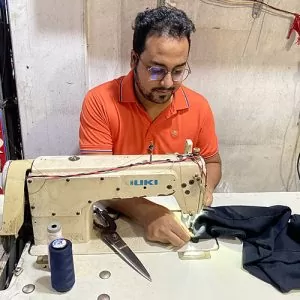
I love to sew and write! I have been doing both for many years and enjoy sharing my passion with others. I have written for both online and offline publications including Amazon and Medium, and I enjoy sewing clothes, quilts, and other items.
My writing style is engaging and lively, and I have a knack for delivering complex information in a way that is easy for everyone to follow.
